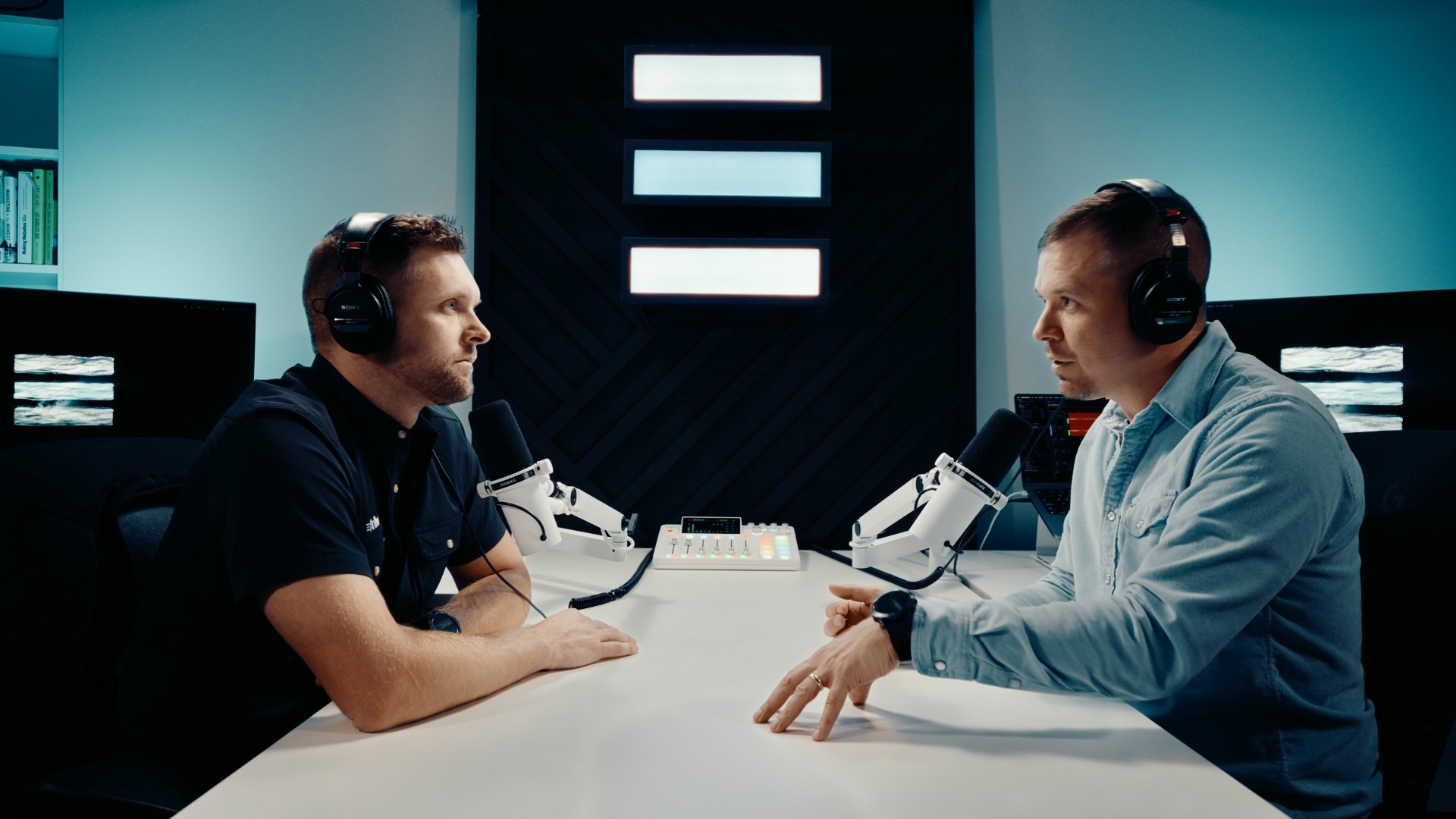Stop Forcing People to Your Website—Meet Them Where They Already Are
For years, B2B marketers have been laser-focused on one thing: driving traffic to their websites.
The strategy was simple:
- Write a blog post.
- Share a link on social media.
- Hope people click and read it on your site.
But here’s the problem—this doesn’t work anymore.
Why? Because your audience isn’t looking for your website. They’re already consuming content on social media, scrolling LinkedIn, engaging in industry discussions, and watching videos. And if you’re not delivering valuable insights right there, in the feed, they’re not going to stop what they’re doing just to visit your site.
It’s time for B2B companies to rethink content distribution. The new game isn’t about pulling people to your website, it’s about getting your content in front of them where they’re already paying attention.
The Decline of Website-Centric Content
Let’s break this down. Why is the old website-based content approach losing effectiveness?
1. AI and Search Are Changing the Game
Google isn’t just a search engine anymore—it’s an answer engine. Instead of directing users to websites, it often provides answers right on the search results page. AI-powered search will only accelerate this shift, making it harder than ever to rely on website visits as a primary goal.
2. Social Platforms Punish Link-Based Content
Platforms like LinkedIn, Instagram, Twitter/X, and Facebook actively deprioritize posts with external links. Their goal? Keep users on their platform. That means creating a social post with a link to your latest blog reduces the number of people who will see your post.
3. Your Audience Doesn’t Want to Leave Their Feed
Think about how you personally consume content. Are you constantly clicking away from social media to read full blog posts? Probably not. Neither is your audience. They want instant, digestible insights without disrupting their experience.
So, if your strategy is still based on “driving traffic to our site,” you’re fighting an uphill battle.
The New Approach: Native Content First
Instead of forcing people off their preferred platforms, give them value right where they are.
Here’s what that looks like:
1. Turn Blog Posts into a series of LinkedIn posts and/or Carousels
Instead of just posting a link, break down your blog post into LinkedIn-native posts or an engaging carousel post. Make it valuable without needing to click away.
2. Share Insights as Short-Form Video
Take key points from your blog and turn them into short-form videos for LinkedIn, YouTube Shorts, TikTok, and Instagram Reels. Video is dominating B2B content right now, and this is how you get your ideas in front of more people. Or, better yet, start with video to begin with.
3. Write Twitter/X Threads That Deliver Value
Instead of posting, “New blog post! Click here to read,” summarize your best insights in a Twitter/X thread. If your ideas resonate, people will naturally want to learn more about you.
4. Repurpose for Multiple Platforms
Repurposing is all the rage currently, but the type of content you initially create will determine how expansively it can be repurposed. When you start with video, it maximizes your ability to scale your content in multiple forms (video, audio, image and written). One solid video can be repurposed into:
- Short-form LinkedIn videos
- Short-form TikTok videos
- Short-form Instagram/Facebook videos
- The transcript can be used to create a blog article(s)
- Section of the blog can be pulled for Linkedin & X posts
- Still images can be pulled for Instagram posts
- The audio may be able to be used in a podcast
- The video(s) and written pieces can inform your email newsletter
The goal is simple: Make sure your content is actually consumed, not just linked to. That means take it to where the people are!
The Real Goal: Idea Consumption, Not Clicks
Why does this shift matter? Because content consumption drives brand awareness and demand.
- If your audience is regularly seeing your insights on LinkedIn… they’ll remember you.
- If your content challenges their way of thinking… they’ll start associating you with expertise.
- If your ideas resonate… they’ll begin considering your solutions.
The goal isn’t to get someone to visit your website today. The goal is to get them to consume your content so when they need your product or service, your brand is top of mind.
Final Thought: Adapt or Get Left Behind
B2B marketers who cling to outdated strategies will struggle in this new era of content.
The companies that win? They’ll be the ones who stop trying to create content to force traffic to their websites and start focusing on delivering content natively, where their audience already is.
So ask yourself—are you making it easy for your audience to consume your ideas? Or are you still asking them to take an extra step they’re increasingly not going to take?
It’s time to adapt. The future of B2B content isn’t about clicks—it’s about connection.
You May Also Like
These Related Stories

SEO Is No Longer the Magic Pill for B2B Marketing

Why Your B2B Company Should Start a Video Podcast (Even If No One Listens to It)



No Comments Yet
Let us know what you think